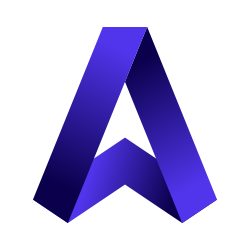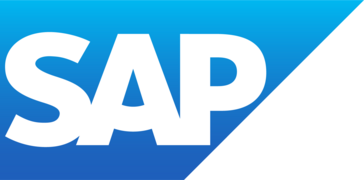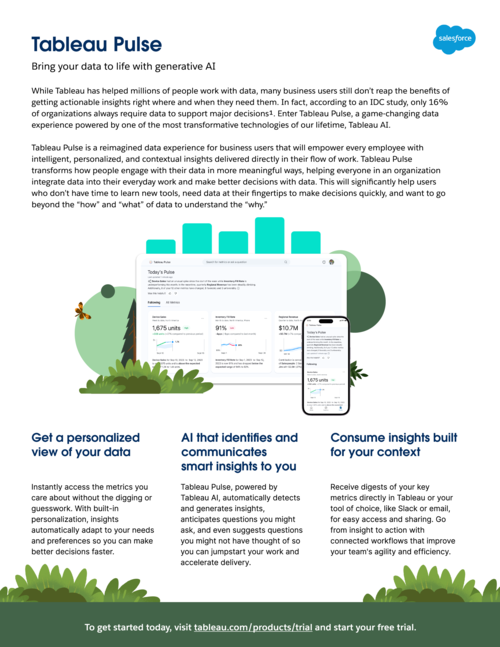What I appreciate most about Tableau is its ability to turn raw, complex data into visually compelling, interactive dashboards with ease. Working as a data analyst in a tech-enabled real estate company, I used Tableau to build executive dashboards that pulled real-time data from Google BigQuery and Excel to visualize KPIs like lead conversions, onboarding efficiency, and operational bottlenecks across multiple business verticals.
The drag-and-drop interface makes it approachable for business users, while calculated fields and advanced filtering options provide power and flexibility for more technical analysts. Its integration with numerous cloud platforms—especially Salesforce and Google Sheets—has made data consolidation seamless. We reduced manual reporting time by over 75%, and decision-making became data-driven rather than intuition-based. Review collected by and hosted on G2.com.
While Tableau is feature-rich, it can be resource-intensive—especially when handling large datasets (millions of rows) or complex calculated fields. At times, dashboards took several seconds to load despite server optimization. Licensing is also on the higher side, which makes it a less accessible option for startups or smaller teams.
Moreover, although the UI is friendly, the learning curve for mastering calculated fields, LOD expressions, and advanced analytics features can be steep for non-technical users. We had to invest in onboarding and formal training sessions for new team members to ensure proper adoption. Review collected by and hosted on G2.com.
At G2, we prefer fresh reviews and we like to follow up with reviewers. They may not have updated their review text, but have updated their review.
The reviewer uploaded a screenshot or submitted the review in-app verifying them as current user.
Validated through LinkedIn
This reviewer was offered a nominal gift card as thank you for completing this review.
Invitation from G2. This reviewer was offered a nominal gift card as thank you for completing this review.
























































